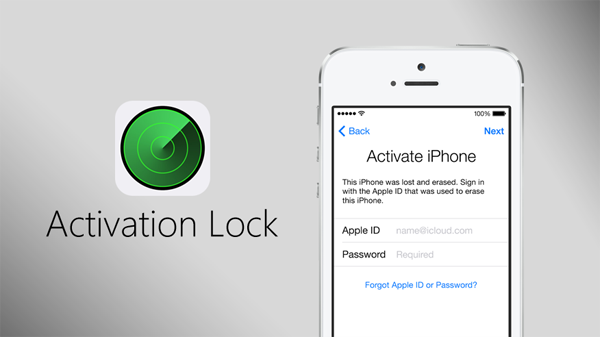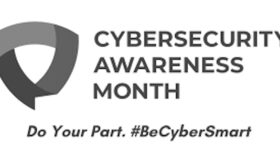How Not to Buy Stolen Stuff
Everyone wants a good deal. Nothing feels better than getting a nice phone, tablet or laptop at a nicely reduced price. But on the other hand there are millions of these devices lost or stolen each year. Last year alone over 3 million smartphones were reported stolen. Would thieves continue to steal these devices if they were not easy to re-sell? I don’t think so.
So how can you avoid buying a stolen phone or other device? First let me tell you why you don’t want to buy a phone, tablet or computer from a dubious source. First of all you could be buying junk. If a smartphone is reported stolen you may be unable to activate it. Your service provider may have information that the phone is stolen and could report you as having it. Other times the service provider will simply refuse to activate the phone. You got a good deal on a useless product. Second, the device could be tracked and when the owner and the police catch up to it you get caught holding stolen property and could be charged. How do they know you aren’t the thief? Now you’re out the money and you need a lawyer.
A good deal is nice but let’s make sure you’re getting what you paid for and not a lot of regrets.
1) Be careful who you buy from. Make sure you are buying from an authorized re-seller. Cellphone service providers offer used and refurbished phones on their websites. These are nicely conditioned trade ins. You can also find good deals on Amazon, eBay, and Craigslist. But I would suggest being a little more careful on Craigslist since this is often the first stop for thieves to advertise their loot. Amazon and eBay offer profiles and seller reviews that make them more trustworthy than Craigslist. But even that is no guarantee so you have to do your homework. Check Swappa and Glyde for buying used phones as they have policies and safeguards in place for buyers.
2)Investigate. Regardless of the site investigate the device thoroughly. The ad should have basic information about the phone and its condition such as color, correct model number, and storage capacity. Also check the overall quality of the device. eBay will have conditions listed and you can see them here. They are an excellent standard to go by. If possible make sure the picture is of the actual smartphone rather than an official photo taken from the Internet of that phone model. If you can contact the owner directly and they are not too far away ask to come by and see the phone. If they are too far away then ask for additional photos of the phone to make sure it matches the description. Ask for things like the original box it came in, manuals, the re-charger etc. If the seller does not have these things there is a problem; move on. Also ask for the original carrier if the phone is advertised as unlocked and IMEI (International Mobile Station Equipment Identity) or the serial number of the device. Sometimes these numbers are altered. You can run a check on that number at the IMEI.info website. If the seller is unwilling to share this info then again; move on.
 For buyers of Apple devices Apple offers a new service on iCloud.com called Check Activation Lock Status. This lets the potential buyer quickly see if a device was reported stolen or missing. Just enter the IMEI or serial number of the device you’re thinking of buying. You will immediately know if someone used the Find My iPhone app to implement the Activation Lock. Activation Lock was first introduced in iOS 7 and it completely locks down the device rendering it useless until the proper Apple ID and password have been entered. So if you make the mistake of buying an Apple device that was stolen, you won’t be able to use it. And don’t even dream of getting your money back. You can also check the remaining warranty on the device using the serial number.
For buyers of Apple devices Apple offers a new service on iCloud.com called Check Activation Lock Status. This lets the potential buyer quickly see if a device was reported stolen or missing. Just enter the IMEI or serial number of the device you’re thinking of buying. You will immediately know if someone used the Find My iPhone app to implement the Activation Lock. Activation Lock was first introduced in iOS 7 and it completely locks down the device rendering it useless until the proper Apple ID and password have been entered. So if you make the mistake of buying an Apple device that was stolen, you won’t be able to use it. And don’t even dream of getting your money back. You can also check the remaining warranty on the device using the serial number.
3) Can you return it? Ok, you’ve done the homework and believe that the device is legit. Don’t hand over the money just yet. If you’re buying the phone off Craigslist ask the seller to meet in a public location like, say, the carrier store so you can activate it following your purchase, with the seller there. This the best final step. If the phone does not activate keep your cash. Another thing; if they already gave you an IMEI or ESN, you’ll want to double check that it matches up before handing over any cash. And if they didn’t give you that information before, you can check the serial number with one of the sites we mentioned above once you have it in hand. With Amazon and eBay they have strict requirements for the seller on their sites and the seller must provide a return policy or state all sales are final. If you see that then just go with another seller. Always make sure you have a safety net. Remember; Caveat Emptor, let the buyer beware.
Now you now.
Ok, so now what do you do with the old phone?






